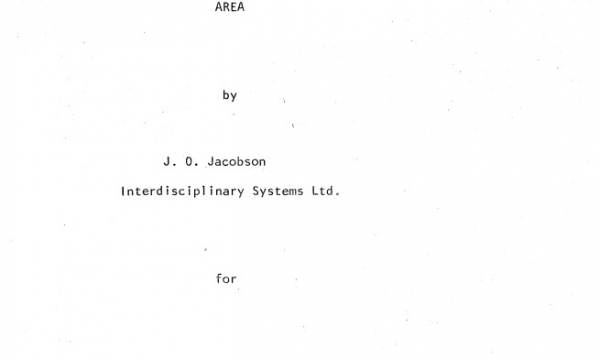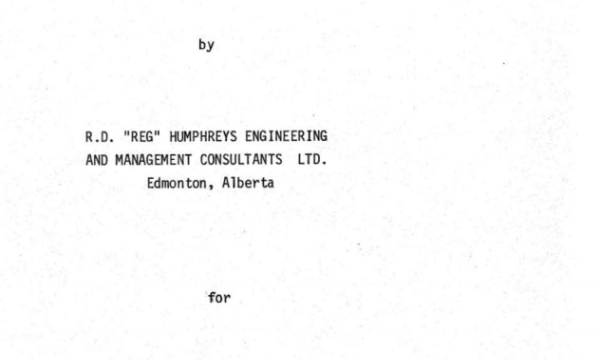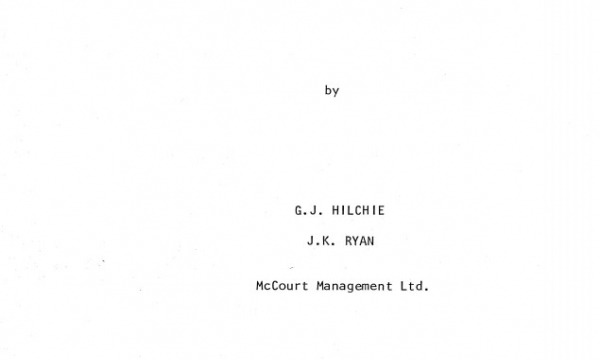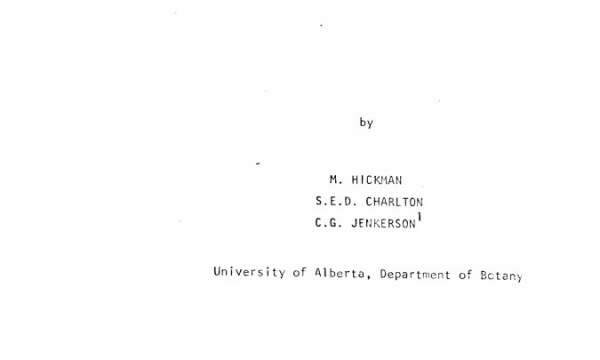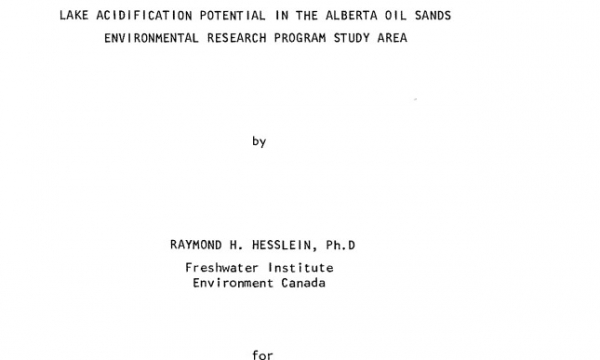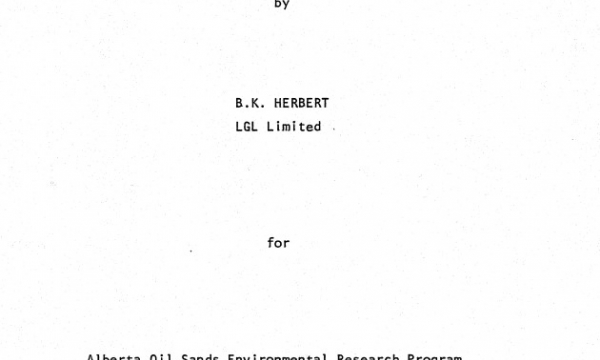Land Management Resources
Resource
purpose of this project is to determine the population size of moose in the survey area with regard given to sex and age ratios and distribution according to habitat and seasonal climatic features
Resource
Provide a preliminary understanding of the state of the art of in situ bitumen recovery technology, the most probable application and rate of application of that technology to the Athabasca deposit
Resource
Several insect species and groups of insects are examined for their potential as biological indicators in the AOSERP area.
Resource
Authors
M. Hickman
S.E.D. Charlton
C.G. Jenkerson
Seasonal fluctuations in algal species and numbers were influenced by a myriad of interacting factors as were standing crop fluctuations. Numerically, cyanophycean algae dominated, followed by diatoms
Resource
Authors
M. Hickman
S.E.D. Charlton
C.G. Jenkerson
Largest mean standing crops for the June to November period occurred in the Steepbank, Ells, and Hangingstone Rivers, while largest mean production rates occurred in the Ells and Muskeg rivers.
Resource
Authors
M. Hickman
S.E.D. Charlton
C.G. Jenkerson
Diatoms and blue-green algae dominated numericallyin five tributary rivers flowing into the Athabasca River except in the Hangingstone River where chlorophycean species replaced the latter group
Resource
Planned increases in oil sands developments with increased outputs of oxides of sulphur and nitrogen, led to a definitive study to assess the susceptibility of nearby lakes to acidification
Resource
Life history information and location data for the 672 fish, of 17 species, collected from rivers lakes are presented in table format
Resource
Spring-staging totals for two surveys for this year were 1000 and 3600 ducks. Five fall-staging surveys revealed a total of from 11 000 to 24 000 ducks.
Resource
Total numbers of moose observed and likely the total moose population, declined 40% (43 to 26) between Feb 1976 and Feb 1977. A disproportionately higher number of moose were present in aspen sites


